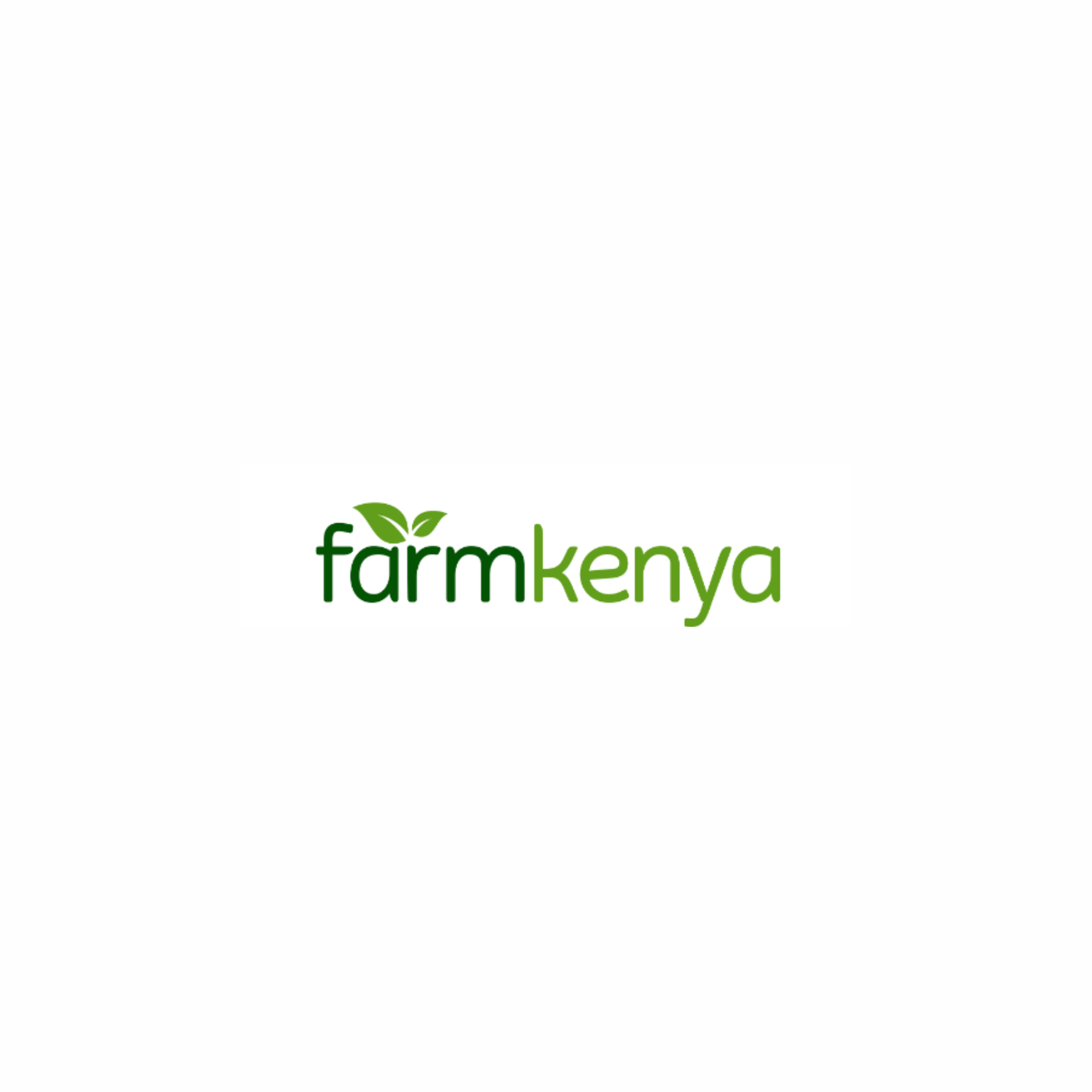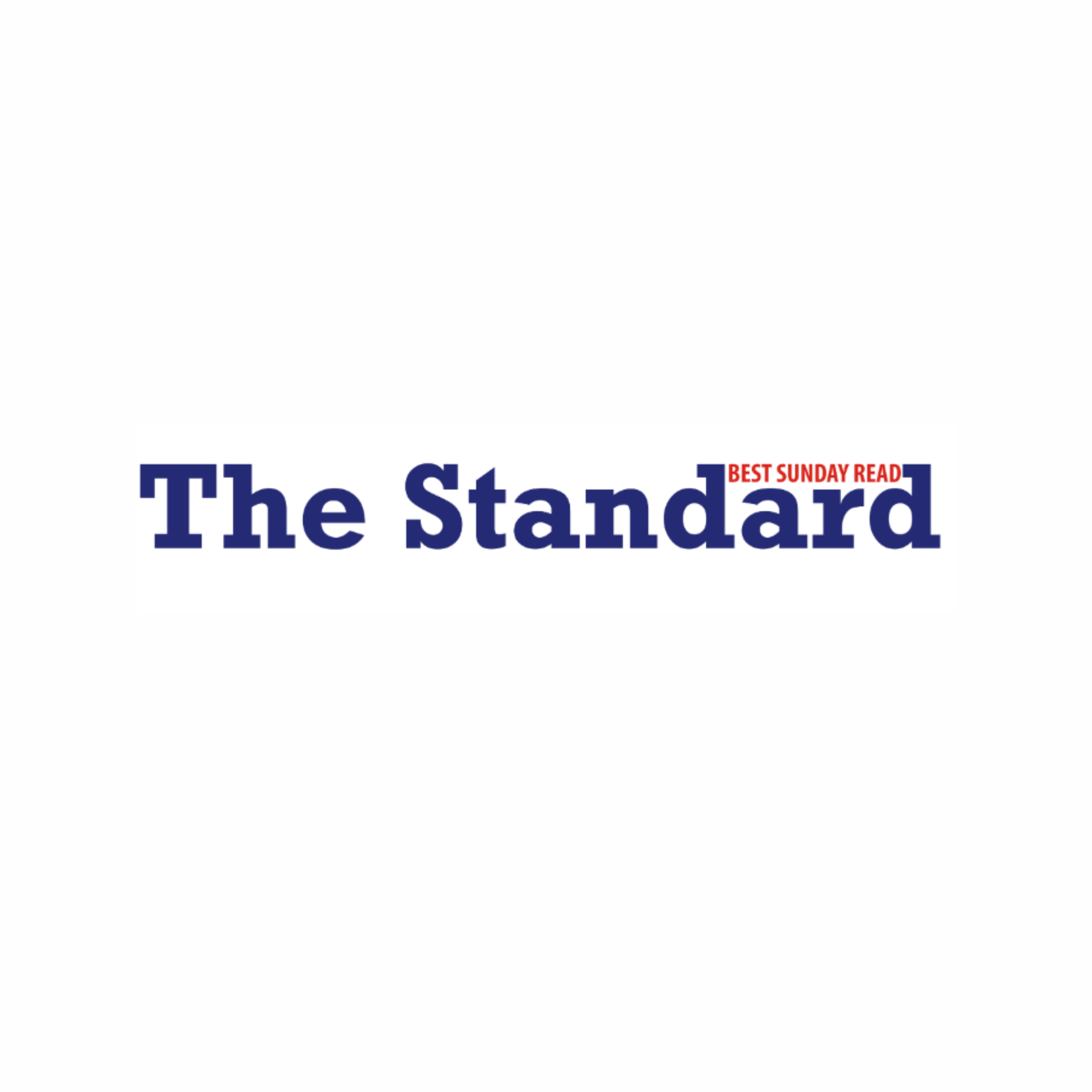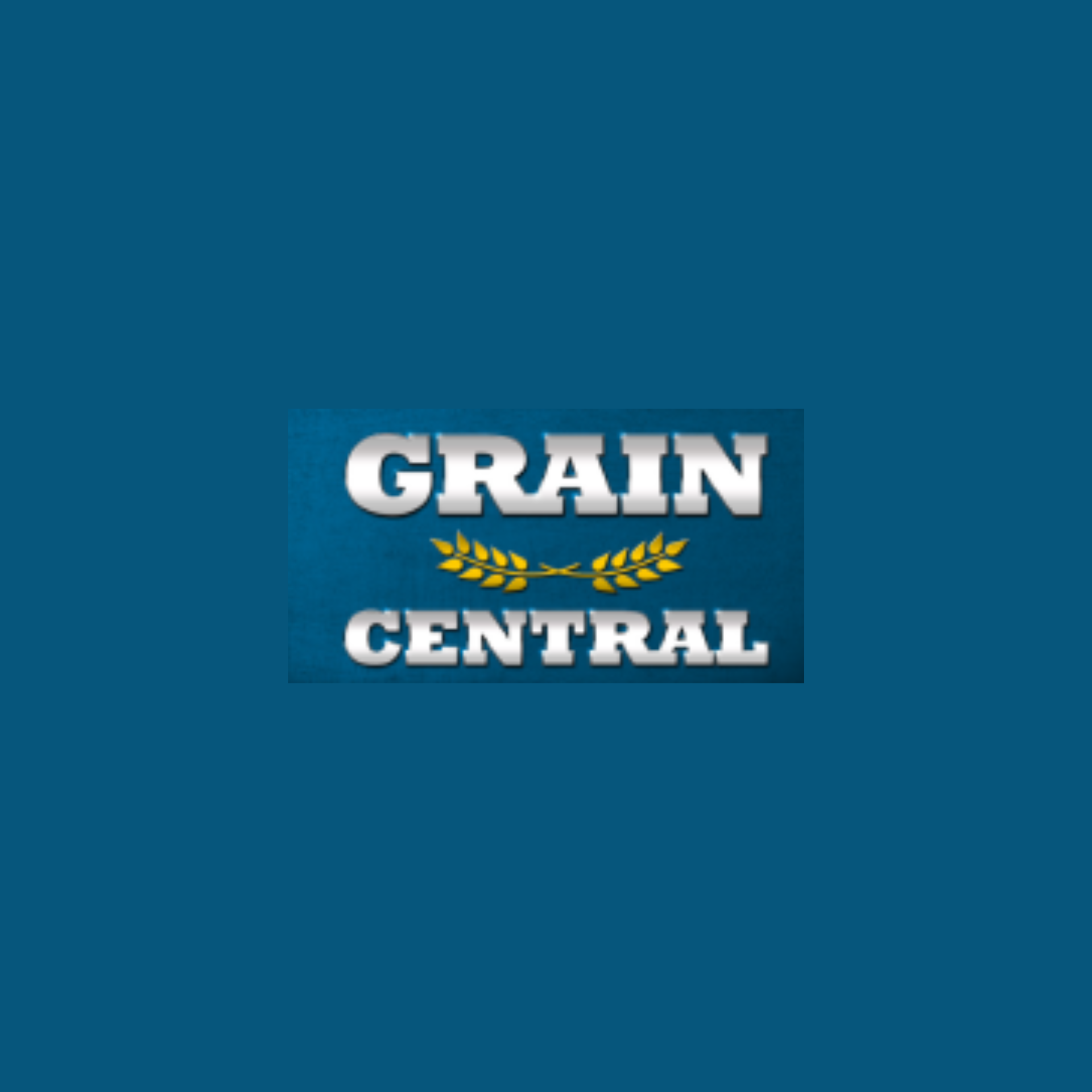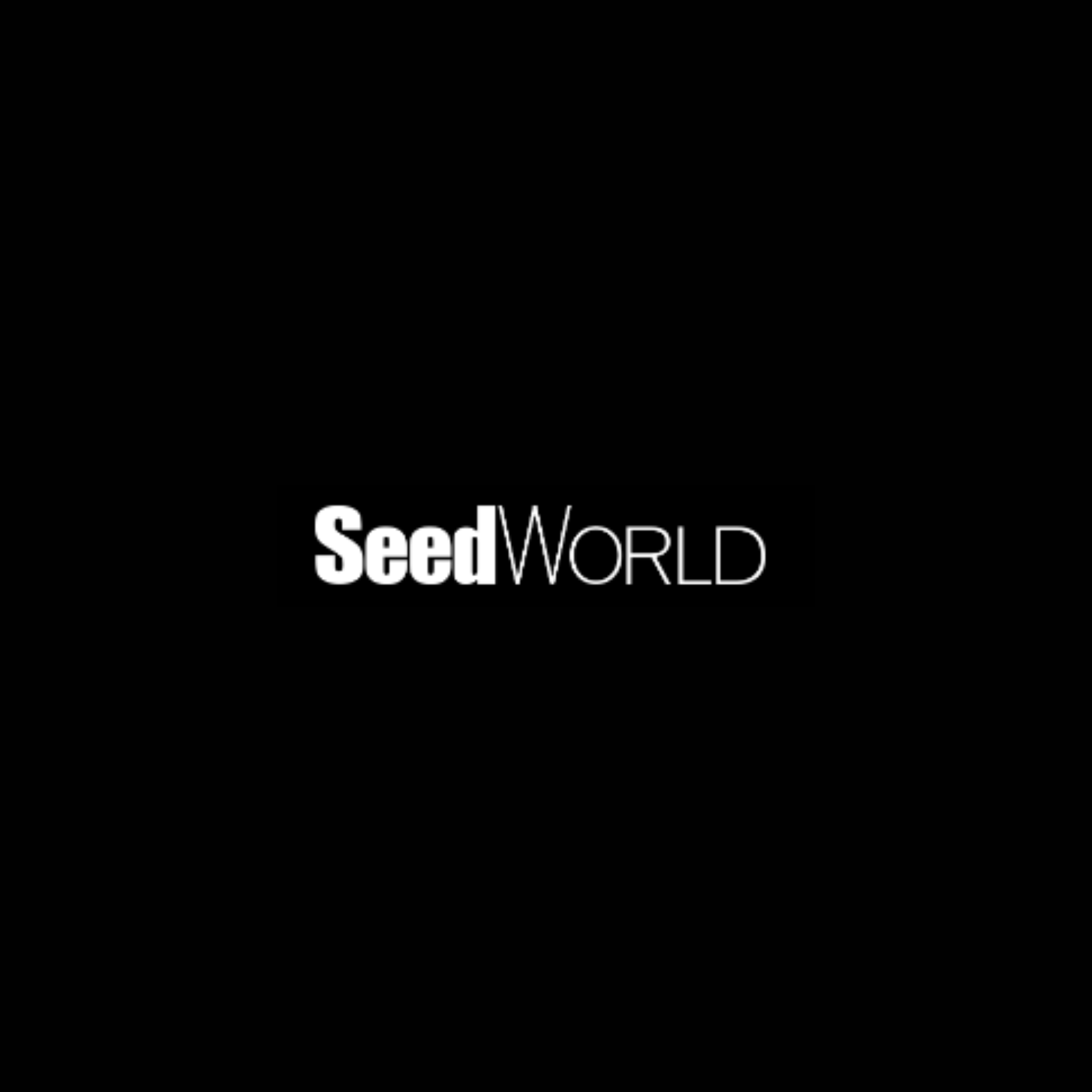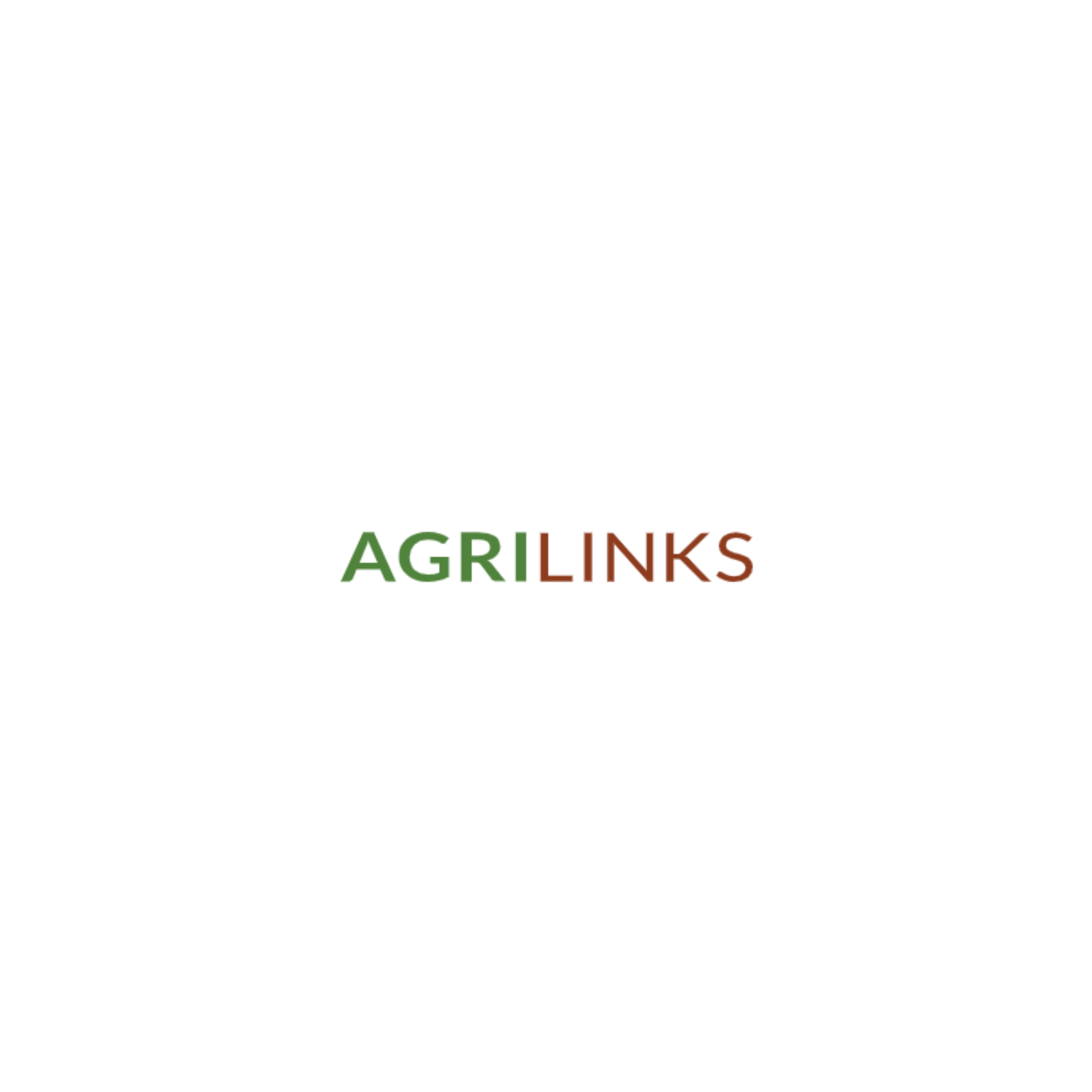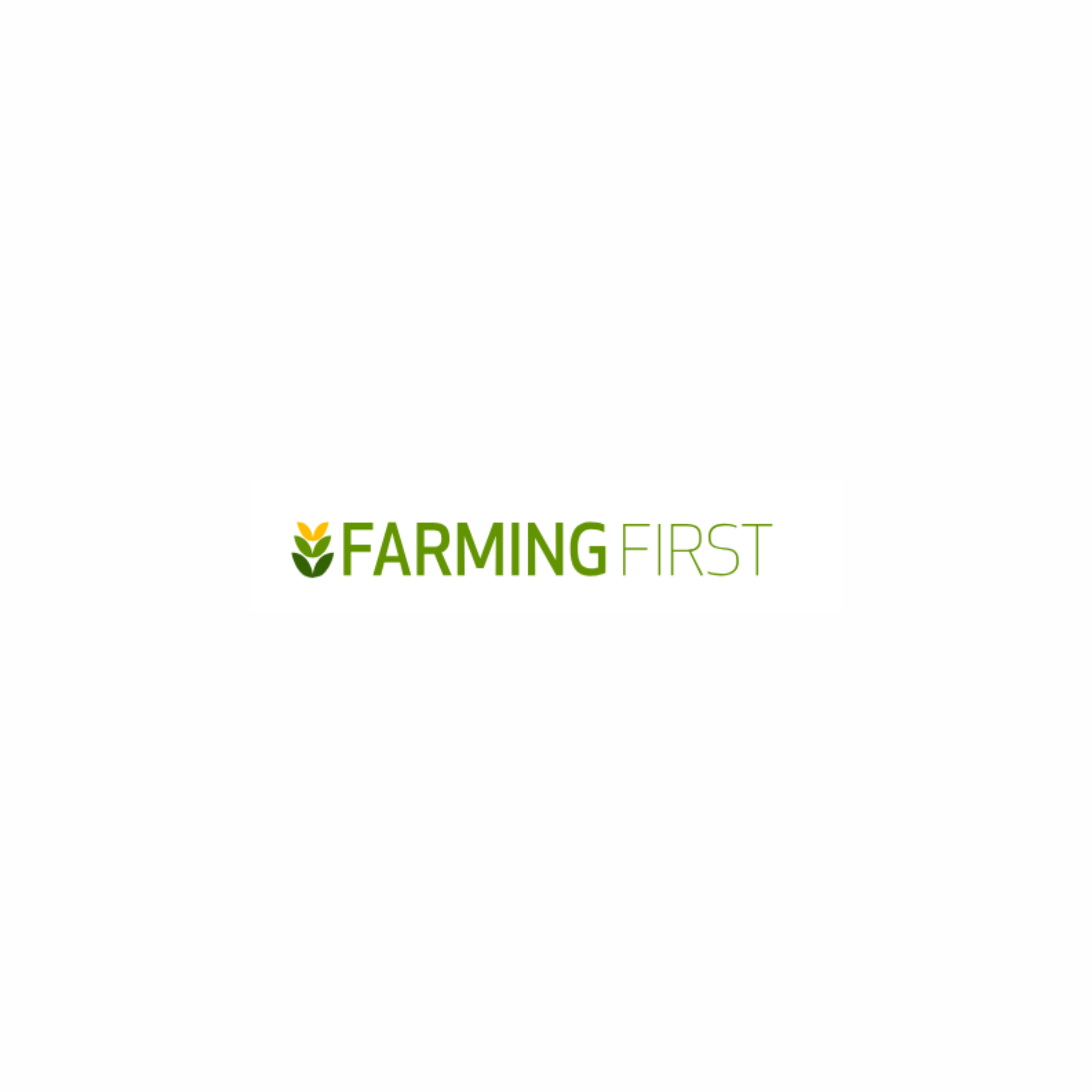Year of millet: Why the renewed interest in the versatile grain
CIMMYT scientist Christopher Ochieng Ojiewo, who is responsible for strategic partnerships and seed systems in the dryland crops program, encourages Kenyans to adopt millet and related products. The move is seen as a crucial step in combating rising rates of obesity and improving nutrition in the country.
Read the full story.
